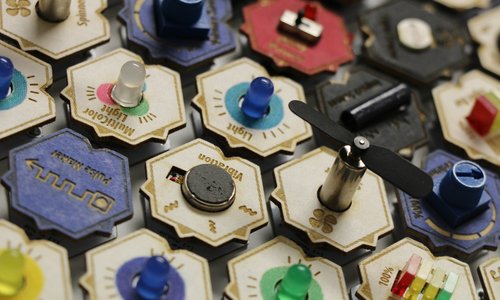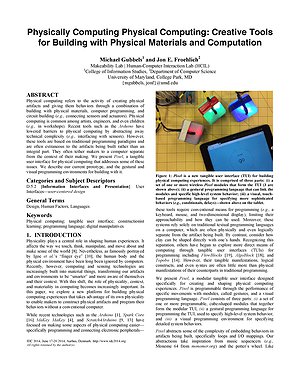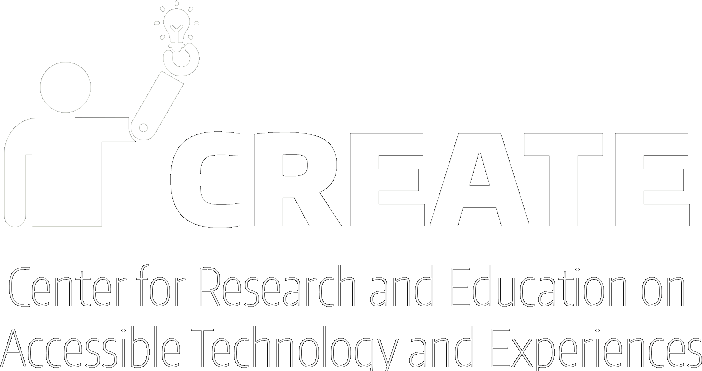Project Description
Physical computing refers to the activity of creating physical artifacts and giving them behaviors through a combination of building with physical materials, computer programming, and circuit building (e.g., connecting sensors and actuators). Physical computing is common among artists, engineers, and even children (e.g., in workshops). Recent tools such as the Arduino have lowered barriers to physical computing by abstracting away technical complexity (e.g., interfacing with sensors). However, these tools are based on traditional programming paradigms and are often extraneous to the artifacts being built rather than an integral part. They often tether makers to a computer separate from the context of their making. We present Pixel, a tangible user interface for physical computing that addresses some of these issues. We describe our current prototype, and the gestural and visual programming environments for building with it.







